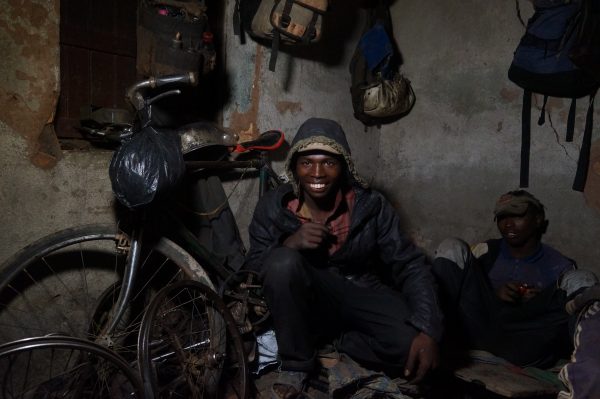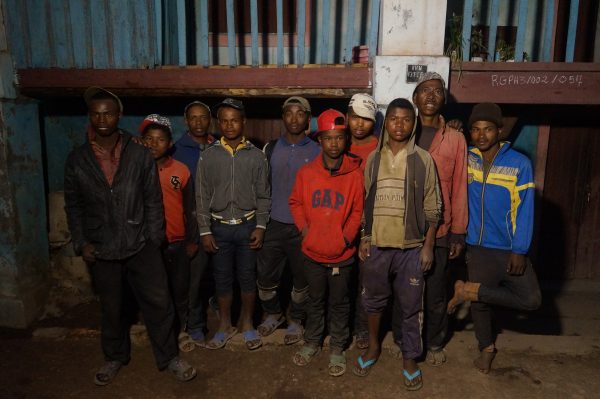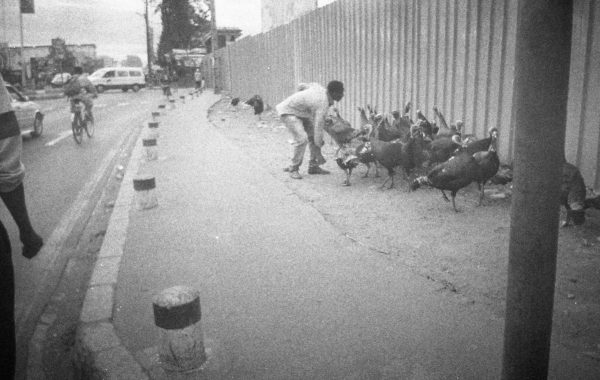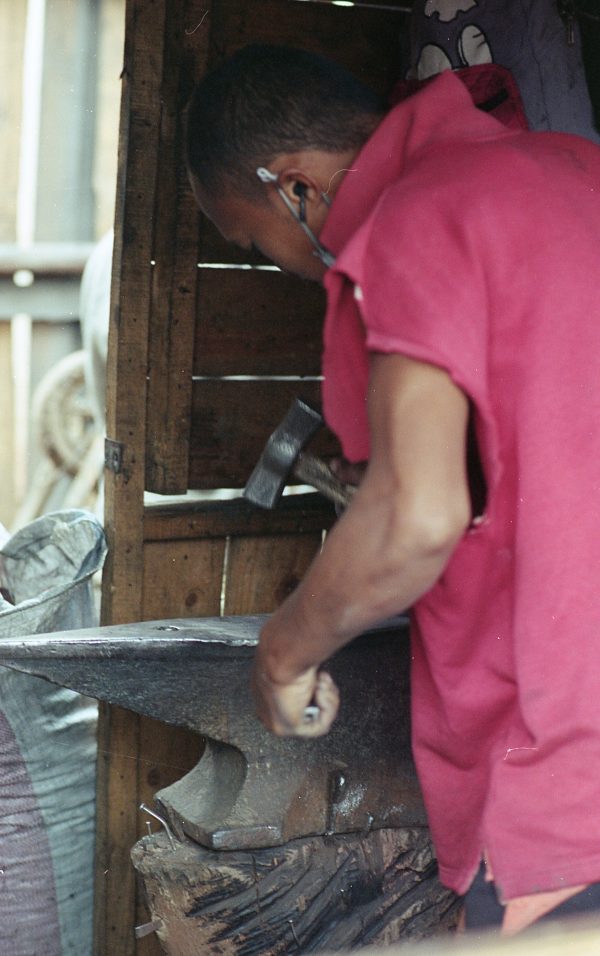I’m excited to be working on a new and admittedly somewhat ambitious project: a series of short documentaries examining some jobs in Madagascar’s informal sector. I plan to describe the work itself, but also spend some time thinking about why these jobs exist in Madagascar (and probably other developing countries), but not elsewhere.
I’ve played around a bit with short documentaries over the years – just for fun – but I’ve always thought it would be fun (if I had a lot of time) to do some more serious work on the untold stories that are all around us – the street kids, the cart-pullers, the people we see every day on the streets. I decided to take it on when we spoke to a turkey-seller on the street back in June – he was doing everything he could to stop the turkeys from wandering out onto a busy four-lane road, and when he told me he and two friends walked the turkeys from a mile away every day I was hooked.
Unfortunately by the time we went back to him to make the arrangements, he had nearly sold all his turkeys and we realized they were especially for Madagascar’s independence day (June 26). But we’ve arranged to see him again in November, when he plans to repeat the process for Christmas turkeys.
In the meantime, we’ve started work on short films covering two other professions: blacksmiths and brick-makers.
Blacksmiths in Madagascar are a different sort than you’d expect back home. Sure, there is your “traditional” blacksmith, such as this guy making knives for butchers:
But the kind I’m talking about wander around town all day long looking for small fixit jobs. You see them during the rainy season carrying a small contraption with a metal bike wheel, and carrying a metal can with charcoal. During the rainy season they repair umbrellas. Because in Madagascar it actually makes economic sense for someone to repair your umbrella, rather than simply throwing it in the trash and buying a new one for, say, $8.99. During the rest of the year they repair plastic tubs, roofs, and sharpen knives. We spent the day walking around with some of these guys:

 I’m almost done editing the first short docu. The second, which we’ve already filmed, is on brick makers. In Madagascar, after the rice growing season while it’s cool, people often use the clay mud that the rice grows in to make bricks – and the rice hulls are burned to heat the kilns, which can often be seen glowing red at night. Kilns can be seen all over Antananarivo, and on some days the brick smoke hangs in the air. It’s something we noticed when we first came to Madagascar way back in 2012 – women and children can often be seen carrying bricks on their heads to a collection point where they’ll be transported and sold.
I’m almost done editing the first short docu. The second, which we’ve already filmed, is on brick makers. In Madagascar, after the rice growing season while it’s cool, people often use the clay mud that the rice grows in to make bricks – and the rice hulls are burned to heat the kilns, which can often be seen glowing red at night. Kilns can be seen all over Antananarivo, and on some days the brick smoke hangs in the air. It’s something we noticed when we first came to Madagascar way back in 2012 – women and children can often be seen carrying bricks on their heads to a collection point where they’ll be transported and sold.
So that’s what’s in the works. Right now, the biggest challenge is the fact that the interviews are in Malagasy, which I don’t speak. This can make editing quite a challenge! But we’ve already figured out the jobs that will follow the blacksmiths and brick makers, in a series I’m calling “Artisan.” But I’ll save that for another time. In the meantime, have a look at a short video I did in the same vein – rushed, in about 48 hours – a couple of years ago before I thought of doing this series.
https://www.youtube.com/watch?v=NVj2APSQKGY



